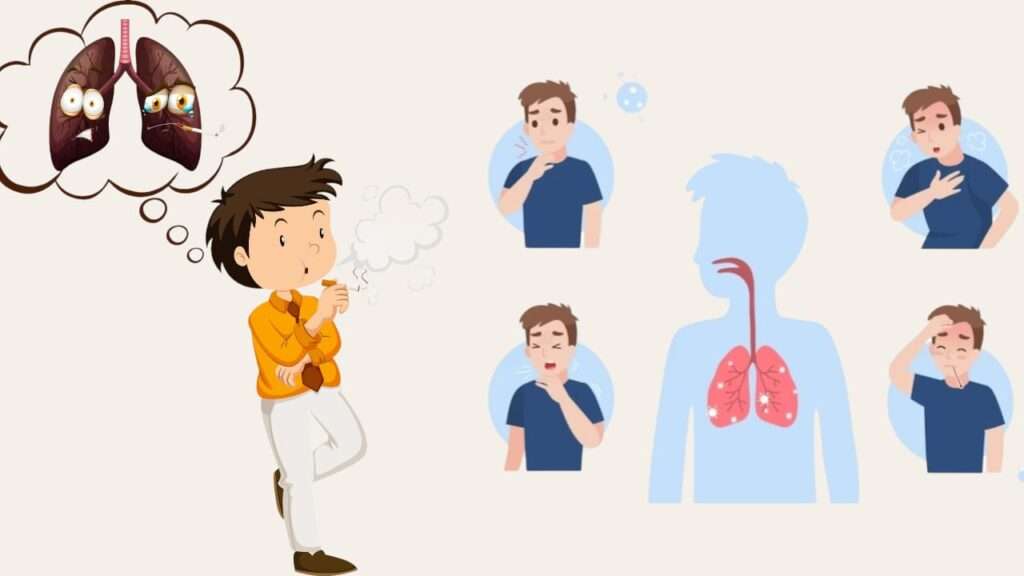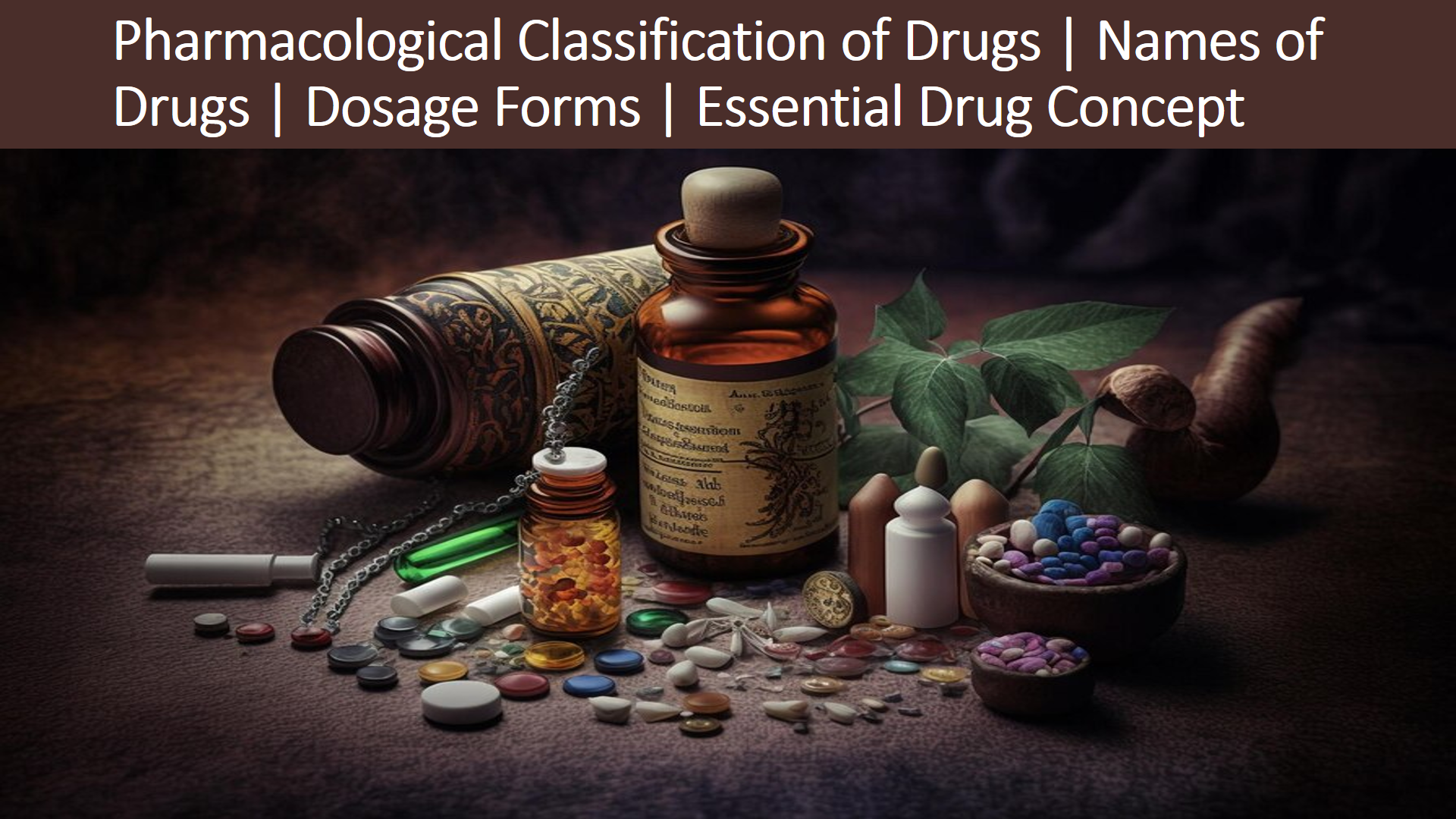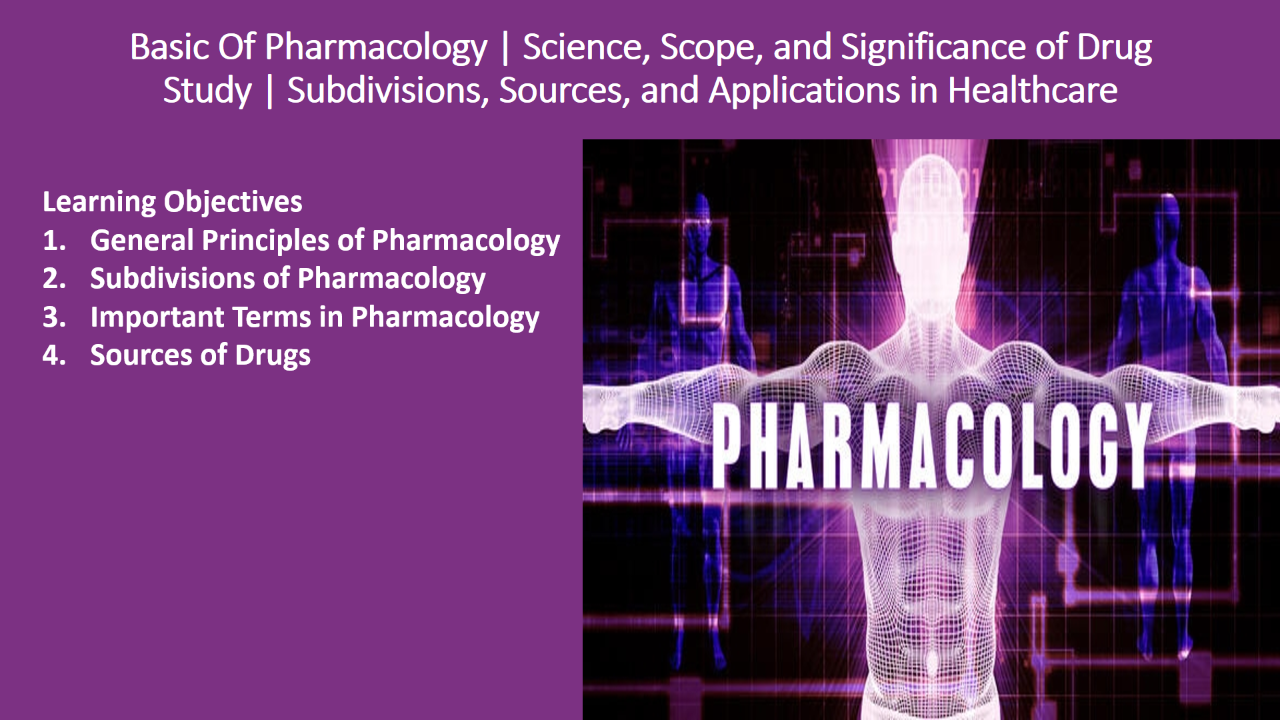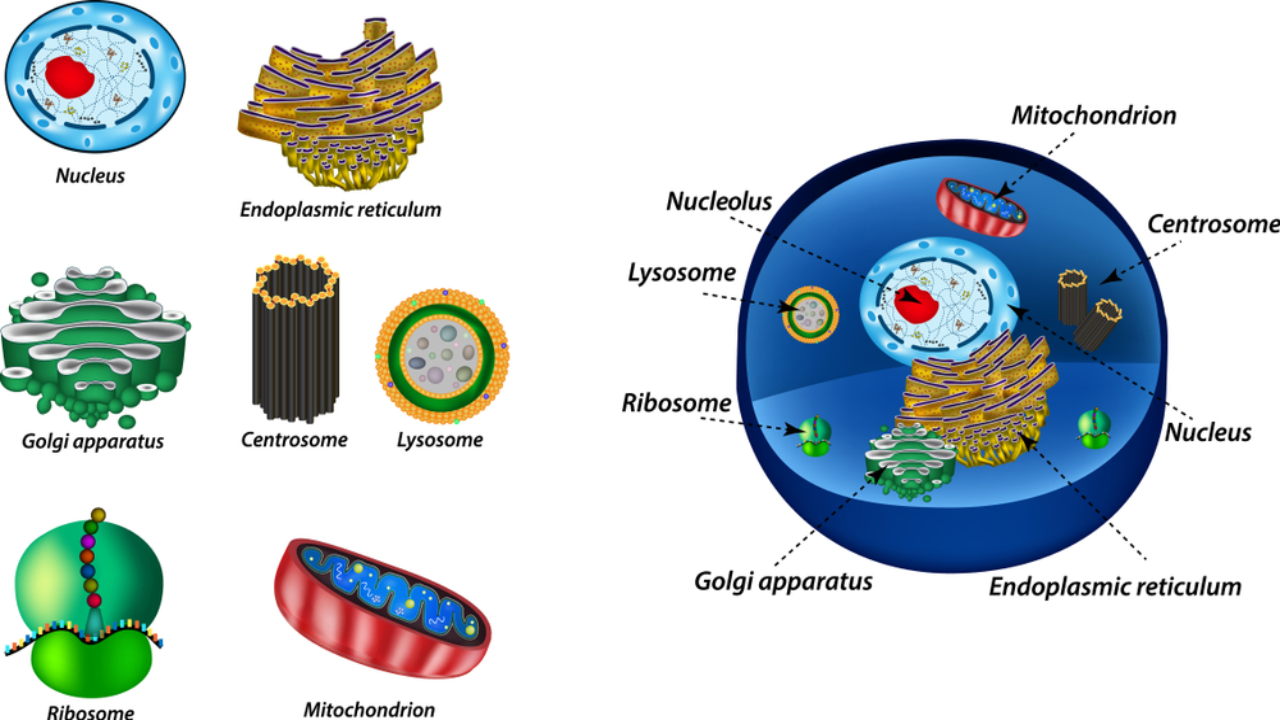Introduction: Shortness of breath, a disconcerting sensation of struggling for air, can stem from a variety of underlying factors. In this article, we will delve into the diverse realms of shortness of breath, exploring its types, triggers, symptoms, inner workings, and available remedies.
Table of Contents
Types of Shortness of Breath:
Shortness of breath can be categorized into two fundamental types:
- Acute Shortness of Breath: Characterized by sudden and severe breathlessness that demands immediate medical attention.
- Chronic Shortness of Breath: Manifests as persistent difficulty in breathing, often developing gradually and hinting at an underlying medical condition.
Causes :
- Respiratory Ailments: Conditions like asthma, chronic obstructive pulmonary disease (COPD), pneumonia, and interstitial lung diseases can all contribute to breathlessness.
- Cardiac Complications: Heart failure, coronary artery disease, and irregular heart rhythms may trigger episodes of shortness of breath.
- Anemia: Reduced hemoglobin levels leading to diminished oxygen-carrying capacity of the blood.
- Weighty Matters: Obesity can strain the respiratory system, exacerbating breathlessness.
- Mind and Matter: Psychological factors such as anxiety and panic disorders can induce a sense of breathlessness.
- Allergic Influences: Allergic reactions can constrict airways, resulting in breathing difficulties.
- Environmental Factors: Exposure to pollutants or high altitudes can contribute to the onset of breathlessness.
Symptoms:
Shortness of breath often arrives with a retinue of accompanying signs:
- Accelerated Breathing: The body’s natural response to compensate for decreased oxygen intake.
- Wheezing: A telltale high-pitched sound during respiration, often accompanying asthma.
- Chest Constriction: A sensation of tightness or pressure in the chest region.
- Persistent Cough: A chronic cough might be closely intertwined with episodes of breathlessness.
- Weariness: Breathlessness is frequently accompanied by increased fatigue.
- Bluish Tinge: Cyanosis, a bluish discoloration of lips or fingertips, points to reduced oxygen levels.

Pathophysiology of Shortness of Breath: A Simplified Overview
Shortness of breath, or difficulty in breathing, arises due to changes in the way our respiratory and cardiovascular systems function. Here’s a simplified look at how this happens:
1. Respiratory System: The lungs are responsible for taking in oxygen and releasing carbon dioxide. When something interferes with this process, shortness of breath can occur.
a. Airway Constriction: In conditions like asthma, the airways become narrower due to inflammation and muscle constriction. This makes it harder for air to flow in and out of the lungs.
b. Reduced Lung Elasticity: Lung diseases like COPD can damage the tiny air sacs (alveoli) in the lungs, reducing their elasticity. This makes it difficult to efficiently exchange oxygen and carbon dioxide.
2. Cardiovascular System: The heart pumps oxygen-rich blood to the body’s tissues. When the heart’s function is compromised, oxygen delivery is affected.
a. Heart Failure: In heart failure, the heart struggles to pump blood effectively. This can lead to fluid accumulation in the lungs, making it harder for oxygen to enter the bloodstream.
b. Impaired Blood Flow: Conditions like coronary artery disease can narrow the blood vessels that supply the heart muscle with oxygen-rich blood. This can result in chest pain and breathlessness during physical activity.
3. Anemia: Anemia is characterized by a reduced number of red blood cells or low hemoglobin levels. Hemoglobin carries oxygen in the blood.
a. Limited Oxygen Transport: With fewer red blood cells or lower hemoglobin levels, less oxygen is carried to the body’s tissues. This can result in fatigue and breathlessness.
4. Anxiety and Panic: Emotional factors can also contribute to shortness of breath.
a. Rapid Breathing: Anxiety and panic can lead to rapid and shallow breathing. This disrupts the normal balance of oxygen and carbon dioxide in the blood, triggering breathlessness.
Treatment:
The course of action for managing shortness of breath varies according to the underlying cause:
- Medicinal Measures: Medications like bronchodilators, corticosteroids, and anti-anxiety drugs might be prescribed, tailored to the specific condition.
- Oxygen Therapy: Supplementary oxygen aids in elevating oxygen saturation levels in the blood.
- Lifestyle Changes: Embracing healthier practices such as weight loss, quitting smoking, and regular exercise can positively impact lung function.
- Cardiac Care: Procedures like angioplasty or bypass surgery might be necessary for addressing cardiac causes.
- Breathing Easier: Pulmonary rehabilitation programs, encompassing exercises and education, can be highly beneficial for respiratory conditions.
- Anemia Alleviation: Treating root causes and administering iron supplements for anemia are vital steps.






